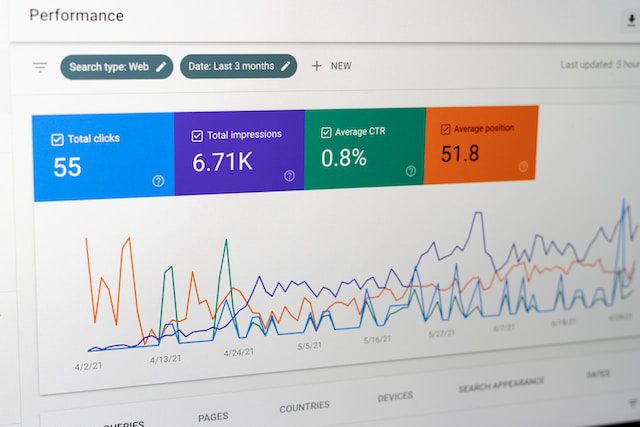Google’s algorithms are a meticulously crafted blend of codes aimed at providing the best user experience by delivering relevant search results. Occasionally, however, Google needs a human touch to maintain the quality of its search results. Enter the manual penalty, a mechanism where real people, rather than algorithms, review and potentially penalize websites. This article will break down the manual penalty, its consequences, and the roadmap to recovery.
What is a Manual Penalty?
A manual penalty, often referred to as a manual action, occurs when a human reviewer at Google determines that a website does not comply with Google’s Webmaster Guidelines. Unlike algorithmic penalties, which are automated and triggered by updates like Penguin or Panda, manual penalties result from a direct intervention.
Reasons for Manual Penalties
Several issues can lead to a manual penalty, including:
- Unnatural Links: This could involve artificial, deceptive, or manipulative outbound or inbound links.
- Thin Content: Low-value or duplicate content that offers little to no value to users.
- Cloaking: Showing different content to search engines than what’s presented to users.
- Hidden Text or Keyword Stuffing: Concealing text or overusing keywords to manipulate rankings.
- User-generated Spam: Spammy comments or profiles on forums or blogs.
- Hacked Site: If malicious software or content has been placed on your site without your knowledge.
Identifying a Manual Penalty
Unlike algorithmic penalties, which can be challenging to diagnose, manual penalties come with clear notifications:
- Google Search Console (GSC): When a penalty is applied, the website owner will receive a notification in GSC, explaining the nature of the penalty.
- Traffic Drop: A significant decline in organic search traffic can be an indicator, especially if aligned with the penalty notification.
Impacts of a Manual Penalty
The repercussions of receiving a manual action can be severe:
- Ranking Drop: The penalized site or specific pages may experience a sharp drop in SERP rankings.
- Traffic Decline: With decreased visibility comes a decrease in organic traffic.
- Loss of Trust: Users and potential partners might lose confidence in a penalized site.
Recovering from a Manual Penalty
The road to recovery involves several systematic steps:
a) Understand the Penalty:
- Review the Notification: The manual action report in GSC will specify the exact issue, guiding your recovery efforts.
b) Take Action:
- For Link Issues: Remove or disavow unnatural links. If outbound links are flagged, ensure you correct or remove them.
- For Content Issues: Revamp thin content, making it richer, more in-depth, and valuable for users.
- For Cloaking or Redirects: Ensure that users and search engines see the same content.
- For Hacks: Address security vulnerabilities, remove malicious content, and ensure your website is secure.
c) Document Everything:
- Maintain a Record: Keep detailed notes of the issues you’ve addressed, the changes made, and any correspondence (like link removal requests).
d) Submit a Reconsideration Request:
- Through GSC: Once you’ve addressed the issues, ask Google to review your site again. In your request, be clear about the actions you’ve taken and provide necessary documentation.
Avoiding Future Manual Penalties
- Stay Educated: Familiarize yourself with Google’s Webmaster Guidelines and ensure your website adheres to them.
- Regular Site Audits: Periodically review your site for low-quality content or suspicious links.
- Engage in White-Hat SEO: Prioritize ethical SEO strategies that focus on providing genuine value to users.
While a manual penalty can feel like a major setback, it’s important to remember that Google’s primary goal is to ensure the best user experience. If you’re hit with a penalty, take it as an opportunity to refine your website and align closer with practices that prioritize users. With the right approach, not only can you recover from a manual penalty, but you can emerge with an even stronger, more resilient online presence.
